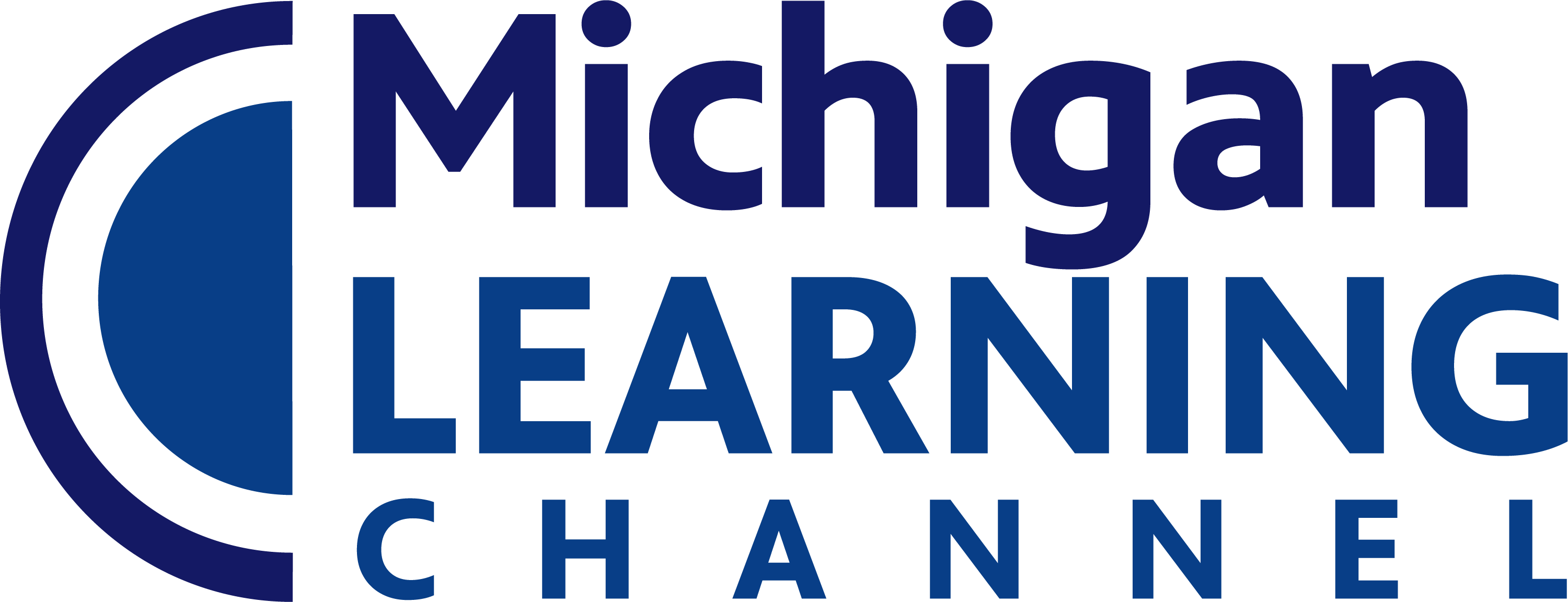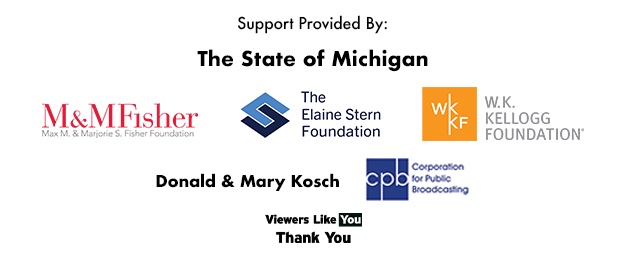Subjects
Shows
For any number from 1 to 9, find the number that makes 10 when added to the given number, e.g., [...]
Compose and decompose numbers from 11 to 19 into ten ones and some further ones, e.g., by using objects or [...]
Describe measurable attributes of objects, such as length or weight. Describe several measurable attributes of a single object.
Directly compare two objects with a measurable attribute in common, to see which object has “more of”/“less of” the attribute, [...]
Classify objects into given categories; count the numbers of objects in each category and sort the categories by count. (Limit [...]
Describe objects in the environment using names of shapes, and describe the relative positions of these objects using terms such [...]
Correctly name shapes regardless of their orientations or overall size.
Use appropriate terminology in identifying and describing the function of common physical components of computing systems (hardware).
Describe basic hardware and software problems using accurate terminology.
Explain what passwords are and why we use them, and use strong passwords to protect devices and information from unauthorized [...]
Store, copy, search, retrieve, modify, and delete information using a computing device and define the information stored as data.
Collect and present the same data in various visual formats.
Identify and describe patterns in data visualizations, such as charts or graphs, to make predictions.
Model daily processes by creating and following algorithms (sets of step-by-step instructions) to complete tasks.
Model the way programs store and manipulate data by using numbers or other symbols to represent information.
Develop programs with sequences and simple loops, to express ideas or address a problem.
Decompose (break down) the steps needed to solve a problem into a precise sequence of instructions.
Develop plans that describe a program’s sequence of events, goals, and expected outcomes.
Give attribution when using the ideas and creations of others while developing programs.
Debug (identify and fix) errors in an algorithm or program that includes sequences and simple loops.
Using correct terminology, describe steps taken and choices made during the iterative process of program development.
Compare how people live and work before and after the implementation or adoption of new computing technology.
Work respectfully and responsibly with others online.
Keep login information private, and log off of devices appropriately.
Select and operate appropriate software to perform a variety of tasks, and recognize that users have different needs and preferences [...]
Students develop and employ strategies for understanding and solving problems in ways that leverage the power of technological methods to [...]
With guidance from an educator, students identify a problem and select appropriate technology tools to explore and find solutions
With guidance from an educator, students analyze age-appropriate data and look for similarities in order to identify patterns and categories.
With guidance from an educator, students break a problem into parts and identify ways to solve the problem.
Students understand how technology is used to make a task easier or repeatable and can identify real-world examples.
Students communicate clearly and express themselves creatively for a variety of purposes using the platforms, tools, styles, formats and digital [...]
With guidance from an educator, students choose different tools for creating something new or for communicating with others.
Students use digital tools to create original works.
With guidance from an educator, students share ideas in multiple ways—visual, audio, etc.
With guidance from an educator, students select technology to share their ideas with different people.
Students use digital tools to broaden their perspectives and enrich their learning by collaborating with others and working effectively in [...]
With guidance from an educator, students use technology tools to work with friends and with people outside their neighborhood, city [...]
With guidance from an educator, students use technology to communicate with others and to look at problems from different perspectives.
With guidance from an educator, students take on different team roles and use age-appropriate technologies to complete projects.
With guidance from an educator, students use age-appropriate technologies to work together to understand problems and suggest solutions
Students leverage technology to take an active role in choosing, achieving, and demonstrating competency in their learning goals, informed by [...]
With guidance from an educator, students consider and set personal learning goals and utilize appropriate technologies that will demonstrate knowledge [...]
With guidance from an educator, students learn about various technologies that can be used to connect to others or make [...]
With guidance from an educator, students recognize performance feedback from digital tools, make adjustments based on that feedback and use [...]
With guidance from an educator, students explore a variety of technologies that will help them in their learning and begin [...]
Students recognize the rights, responsibilities and opportunities of living, learning and working in an interconnected digital world, and they act [...]
Students practice responsible use of technology through teacher-guided online activities and interactions to understand how the digital space impacts their [...]
With guidance from an educator, students understand how to be careful when using devices and how to be safe online, [...]
Subjects
Shows
For any number from 1 to 9, find the number that makes 10 when added to the given number, e.g., [...]
Compose and decompose numbers from 11 to 19 into ten ones and some further ones, e.g., by using objects or [...]
Describe measurable attributes of objects, such as length or weight. Describe several measurable attributes of a single object.
Directly compare two objects with a measurable attribute in common, to see which object has “more of”/“less of” the attribute, [...]
Classify objects into given categories; count the numbers of objects in each category and sort the categories by count. (Limit [...]
Describe objects in the environment using names of shapes, and describe the relative positions of these objects using terms such [...]
Correctly name shapes regardless of their orientations or overall size.
Use appropriate terminology in identifying and describing the function of common physical components of computing systems (hardware).
Describe basic hardware and software problems using accurate terminology.
Explain what passwords are and why we use them, and use strong passwords to protect devices and information from unauthorized [...]
Store, copy, search, retrieve, modify, and delete information using a computing device and define the information stored as data.
Collect and present the same data in various visual formats.
Identify and describe patterns in data visualizations, such as charts or graphs, to make predictions.
Model daily processes by creating and following algorithms (sets of step-by-step instructions) to complete tasks.
Model the way programs store and manipulate data by using numbers or other symbols to represent information.
Develop programs with sequences and simple loops, to express ideas or address a problem.
Decompose (break down) the steps needed to solve a problem into a precise sequence of instructions.
Develop plans that describe a program’s sequence of events, goals, and expected outcomes.
Give attribution when using the ideas and creations of others while developing programs.
Debug (identify and fix) errors in an algorithm or program that includes sequences and simple loops.
Using correct terminology, describe steps taken and choices made during the iterative process of program development.
Compare how people live and work before and after the implementation or adoption of new computing technology.
Work respectfully and responsibly with others online.
Keep login information private, and log off of devices appropriately.
Select and operate appropriate software to perform a variety of tasks, and recognize that users have different needs and preferences [...]
Students develop and employ strategies for understanding and solving problems in ways that leverage the power of technological methods to [...]
With guidance from an educator, students identify a problem and select appropriate technology tools to explore and find solutions
With guidance from an educator, students analyze age-appropriate data and look for similarities in order to identify patterns and categories.
With guidance from an educator, students break a problem into parts and identify ways to solve the problem.
Students understand how technology is used to make a task easier or repeatable and can identify real-world examples.
Students communicate clearly and express themselves creatively for a variety of purposes using the platforms, tools, styles, formats and digital [...]
With guidance from an educator, students choose different tools for creating something new or for communicating with others.
Students use digital tools to create original works.
With guidance from an educator, students share ideas in multiple ways—visual, audio, etc.
With guidance from an educator, students select technology to share their ideas with different people.
Students use digital tools to broaden their perspectives and enrich their learning by collaborating with others and working effectively in [...]
With guidance from an educator, students use technology tools to work with friends and with people outside their neighborhood, city [...]
With guidance from an educator, students use technology to communicate with others and to look at problems from different perspectives.
With guidance from an educator, students take on different team roles and use age-appropriate technologies to complete projects.
With guidance from an educator, students use age-appropriate technologies to work together to understand problems and suggest solutions
Students leverage technology to take an active role in choosing, achieving, and demonstrating competency in their learning goals, informed by [...]
With guidance from an educator, students consider and set personal learning goals and utilize appropriate technologies that will demonstrate knowledge [...]
With guidance from an educator, students learn about various technologies that can be used to connect to others or make [...]
With guidance from an educator, students recognize performance feedback from digital tools, make adjustments based on that feedback and use [...]
With guidance from an educator, students explore a variety of technologies that will help them in their learning and begin [...]
Students recognize the rights, responsibilities and opportunities of living, learning and working in an interconnected digital world, and they act [...]
Students practice responsible use of technology through teacher-guided online activities and interactions to understand how the digital space impacts their [...]
With guidance from an educator, students understand how to be careful when using devices and how to be safe online, [...]


